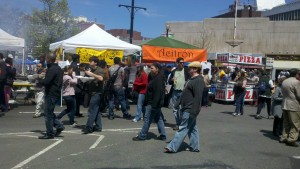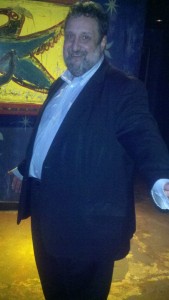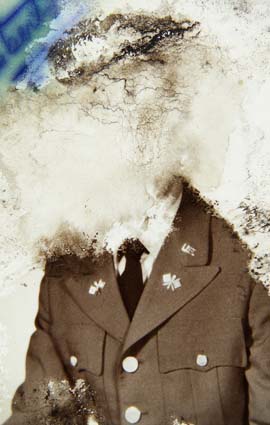Last week at swissnex, the Swiss Consulate in Cambridge, university communications and institutional research experts expressed frustration at the ways in which university rankings are established–and doubt about the accuracy and usefulness of most rankings.
 Urs Hugentobler, head of Institutional Research at ETH Zürich/Swiss Federal Institute of Technology–the top ranked university outside of the US– described the vagaries of ranking systems and especially the nebulous “reputation” category, which both impacts and is impacted by a university’s ranking.
Urs Hugentobler, head of Institutional Research at ETH Zürich/Swiss Federal Institute of Technology–the top ranked university outside of the US– described the vagaries of ranking systems and especially the nebulous “reputation” category, which both impacts and is impacted by a university’s ranking.
Norbert Staub, head of internal communications and deputy head of corporate communications at ETH, emphasizzed the importance of managing a university’s reputation in order to attract students, donors, funding, faculty and the like–all of which influence and are influenced by rankings.

- Urs Hugentobler, Norbert Staub
Roundtable participants Dawn Terkla, Associate Provost for Institutional Research and Evaluation at Tufts University, and John Scanlon, an institutional researcher at Harvard, described the challenges involved in responding to differing requests from numerous ranking agencies and in evaluating the meaning of rankings when results change from year to year.
Hugentobler pointed out that rankings ordinarily do not change substantially over the short term–but Terkla said that one year, Tufts saw a 30% decline when a ranking agency changed its methodology. All of the participants agreed that rankings that can be inaccurate, haphazard and difficult to influence.
Gina Vild, associate dean for communications and external relations at Harvard Medical School said that while it is not easy for a university composed of many smaller organizations to raise its overall ranking, it may well be possible for individual units to raise their rankings through communications outreach. In fact, she said, even a crisis, if well-handled, can help raise rankings by increasing an institution’s name recognition and enhancing its reputation.

undefined | Harris Communications Group
Joe Wrinn, former director of news and public affairs at Harvard, emphasized the importance of honesty and transparency in dealing with crises and the media.
But several participants cited examples of rather nefarious tactics–such as inviting huge numbers of unqualified applicants to apply for admission and then turning them down in order up appear more selective and, thus, obtain higher rankings. And before the meeting, Hugentobler mentioned that it is not uncommon for Asian universities to contact those in Europe–at the very least enhanging name recognition should they be contacted by a ranking company.
As moderator, I asked if any of the participants knew of instances when the rankings had been used to encourage positive change within a university; no one responded.
When I mentioned that it seemed like universities are held hostage by the rankers, Terka said that if universities don’t respond, they will likely be ranked anyway. Philip Altbach, director of the Center for International Higher Education at Boston College, agreed–saying that sometimes university units are ranked even if they don’t exist.
When I asked what can be done to remedy the situation, both Terkla and Scanlon mentioned that institutional researchers often communicate with ranking agencies in order to ascertain what information is being sought. Terkla said that an organization comprised of institutional research experts frequently discusses the rankings. James Honan, senior lecturer at the Harvard Graduate School of Education, advised: “Educate your trustees” so they understand what rankings do and do not show.
HarrisCom Group member David Rosen, former Chief Communications Officer at Brandeis and Harvard Universities, the University of Chicago, and Emerson College, posted a blog on various international ranking systems and how communicators can influence results at eduniverse.org:
—Anita M. Harris
Anita Harris is president of the Harris Communications Group, a strategic pr and marketing communications firm specializing in health, science, technology, education and energy.





















































 Urs Hugentobler, head of Institutional Research at ETH Zürich/Swiss Federal Institute of Technology–the top ranked university outside of the US– described the vagaries of ranking systems and especially the nebulous “reputation” category, which both impacts and is impacted by a university’s ranking.
Urs Hugentobler, head of Institutional Research at ETH Zürich/Swiss Federal Institute of Technology–the top ranked university outside of the US– described the vagaries of ranking systems and especially the nebulous “reputation” category, which both impacts and is impacted by a university’s ranking.
